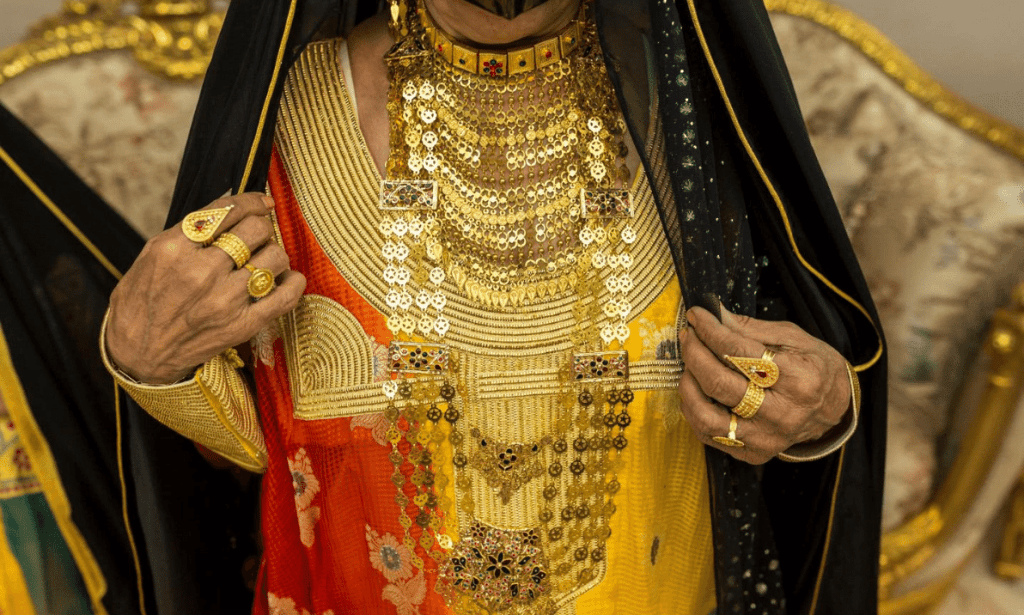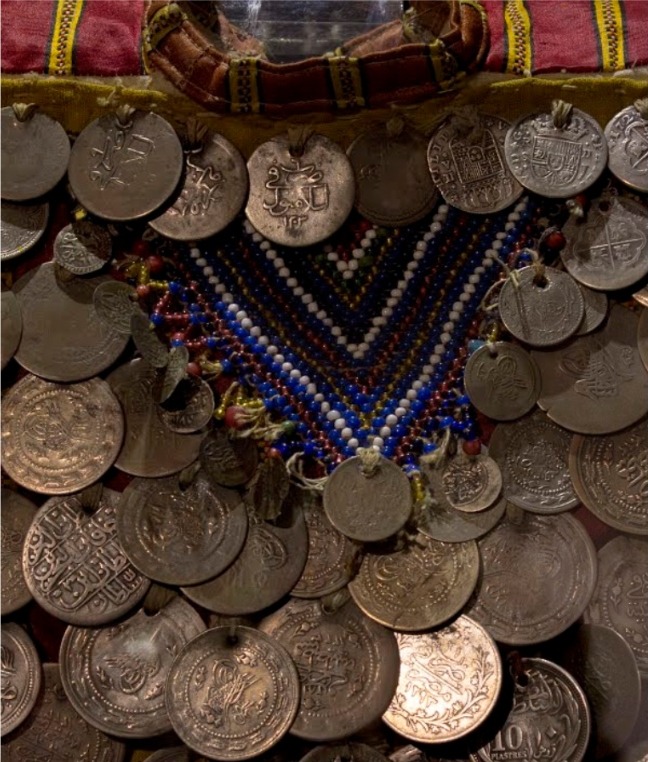Across all ages, jewellery has always been one of the most important adornments for women. While some wear it for beauty, many cultures wear it as a form of protection from the evil eye and as some kind of connection with the divine. Traditionally, Arab brides in many countries were expected to wear specific jewellery to protect them from envy and evil spirits, while others were expected to adorn themselves from head to toe to show off their father or husband-to-be’s wealth.
Some of the most popular charms that are known to have mystical connotations are the blue open evil eye and the “hamsa” palm-shaped hand. However, many like to wear them for how they look and not what they represent. Although many countries remain loyal to their traditional wedding jewellery, Arab brides in several countries now prefer the more modern-style wedding due to changing times and tastes.
Yemen
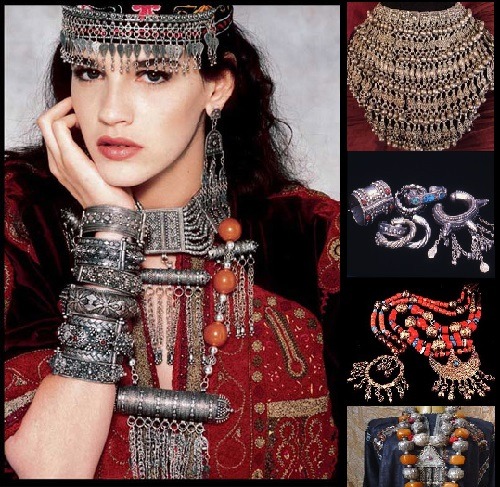
The jewellery of a Yemeni bride played a major role in her marriage contract. Not only were brides expected to wear lots of jewellery to show off wealth, but the sound made by the chains and beads was also believed to frighten evil spirits, while the eye would protect from jealousy and the evil eye. The shapes of the sun and crescent were also believed to provide protection from harm.
United Arab Emirates
Emirati women, especially brides, adorn themselves in gold from head to toe. Traditionally, one of the main jewellery pieces that Emirati brides wore was called “Al Tasah”, a round headpiece covered with gold, emeralds, and pearls.
Palestine
In the case of Palestinian brides, a special kind of headdress was sewn by her female relatives to protect her from bad luck and cast away the evil eye. The headdress was called “Miqlab” and consisted of gems, coins, pendants, and other additions, sewed onto a piece of cloth. It also made the bride feel safe while leaving her father’s house.
Saudi Arabia
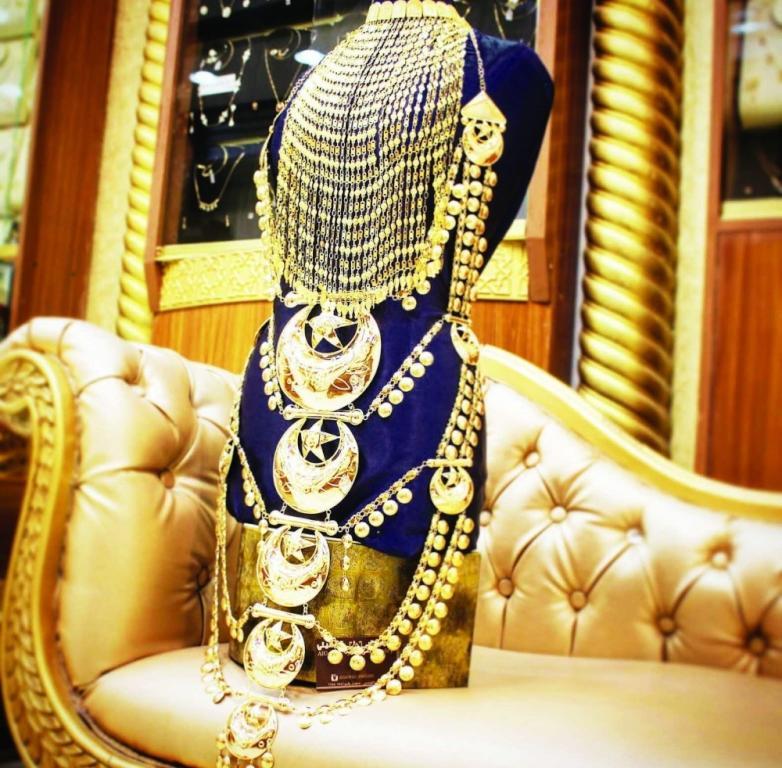
Years ago, in many parts of Saudi Arabia, brides wore extensive jewellery to show that they come from a wealthy house. This jewellery mainly consisted of “Rash-rash”, a heavy belt made of gold, in addition to bangles and heavy necklaces.
North Africa
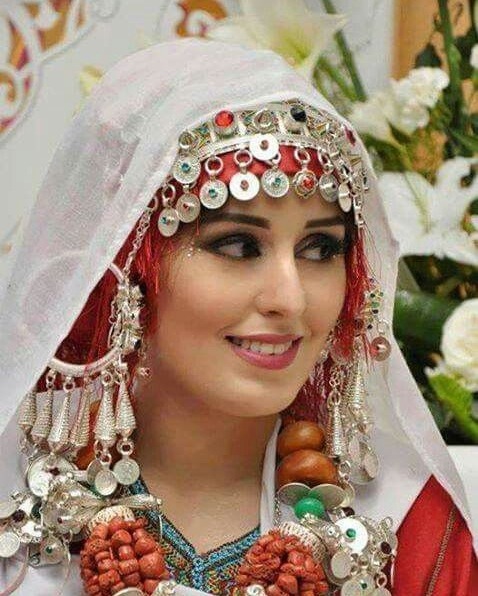
One of the headdresses worn by Amazigh women at weddings is called a “Tasfift”. This is a headpiece embellished with silver or nickel coins featuring King Mohammed V or Hassan II, with a rooster or chicken on its tip, promoting the fertility of the bride. Other jewellery pieces worn by Amazigh women at weddings also include common shapes that are known to ward off evil.


